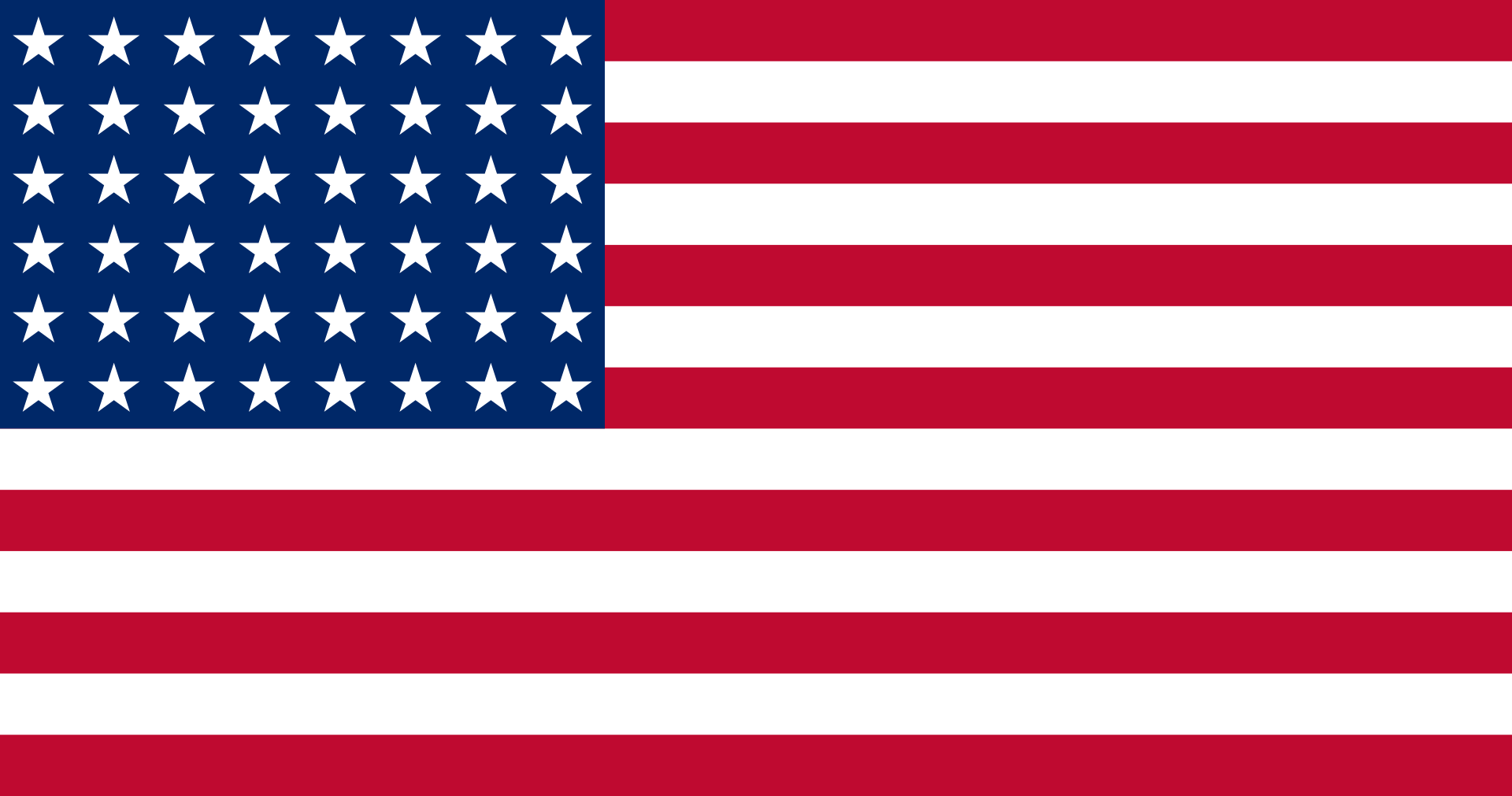Marine Transport Squadron 952
Operator Identification
United States of America
TYPE: US Navy unit
IATA/ICAO CODES: Nil
HEADQUARTERS: MCAS Cherry Point, NC (1943), Camp Kearny, CA (1943-1944), MCAS Ewa, HI (1944), Emirau, Bismark Archipelago (1944), Guam, Marianna Islands (1944-1946), MCAS Cherry Point, NC (1946-1947).
FORMER NAME: Nil
SUBSEQUENT NAME: VMR-952
Operator History
VMJ-952 was established at MCAS Cherry Point, NC under MAG-15. One of the first problems facing the newly commissioned squadron was the replacement of its time-honored R4D Skytrain transports with the little heard of and lesser known R5C Commando. The squadron was almost immediately moved to Camp Kearny, CA. "Tents were erected, a field telephone was installed, and the three Commandos then belonging to the Marine Corps were rolled onto the check line. This was an occasion! Although only a few of the squadron's new recruits could boast of a little experience with the Commando." Indeed, VMJ-952's crews had flown and maintained the first three planes for the short time that they were attached to MAG-15. "The majority of the personnel from the pilots to the mechanics had never been in one. Their time in the R4D had been brief enough, but now this. Never had they been confronted with so large a portion of the unknown in one showing. Amazement soon gave way to curiosity and the quest for knowledge began anew."
In February 1944, the squadron transferred to Hawaii, where it became attached to Marine Air, Hawaiian Area. The initial mission of the transport squadron was to keep open the lines of communication and supply between Hawaii and Midway, Johnson, and Palmyra Islands. Weekly and semi-weekly flights were made to each island with special additional flights when the need arose. VMJ-952 transported personnel and equipment and escorted single engine aircraft to facilitate their movements. Pilots of the transport squadron carried out overwater flights which extended to New Caledonia in the southwest Pacific and included stops at Espiritu Santo and Guadalcanal, as well as at Tarawa, Kwajalein, Majuro, and Eniwetok in the Central Pacific.
On 4 July 1944, VMJ-952 was redesignated VMR-952.
In August, the squadron moved to Emirau, Bismarck Archipelago, where it remained until Christmas Day. It then shifted to Guam. Following the capture of the Peleliu airfield in mid-September, transport aircraft of VMR-952 made frequent stops on Peleliu, bringing in urgently needed equipment and departing with wounded. On 4 October 1944, two of the Commandos, carrying 43 wounded, left Peleliu, inaugurating the first air evacuation of battle casualties from the island. On the following day, three more flights took out an additional 63 casualties. During the extended Peleliu campaign, the planes delivered large quantities of welcome fresh food to the island.
In December 1944, VMR-952 joined the Transport Air Group (TAG), a cross-service unit composed of Air Force and Marine Corps transport squadrons. In February 1945, the TAG participated in the Iwo Jima operation. The USAAF squadron dropped supplies to Marine ground forces on Iwo Jima on 28 February 1945. On the following day, pilots of VMR-952 and VMR-252 arrived with urgently needed mortar shells, spare parts for machine guns, blood plasma, and mail. On 3 March 1945, the commanding officer of VMR-952, Lieutenant Colonel Mackay, flew from Guam to Saipan and then onwards to Iwo Jima, where he piloted the first plane to land on the slightly more than 3,000 feet of runway. After the unloading of its 5,500 pounds of mortar ammunition, the aircraft returned to Guam. On each return flight from Iwo, the air transports evacuated casualties. Before the Iwo operation ended, VMR-952 had made 79 trips to the island and evacuated 625 wounded.
By 7 May 1945, VMR-952 had 15 Commandos.
VMR-952 disestablished at MCAS Cherry Point, NC on 31 May 1947.
Commando Operations
1943 to August 1947*
Last edited: 28/03/2021


